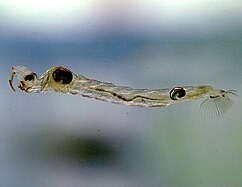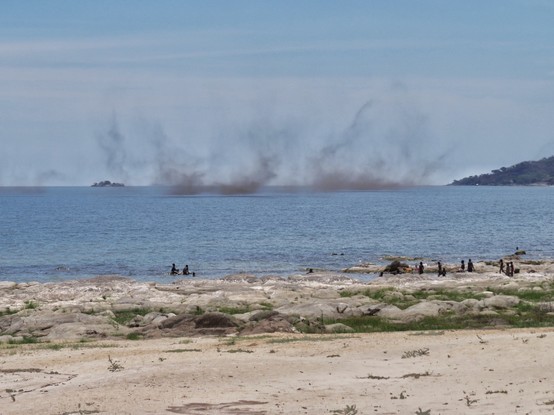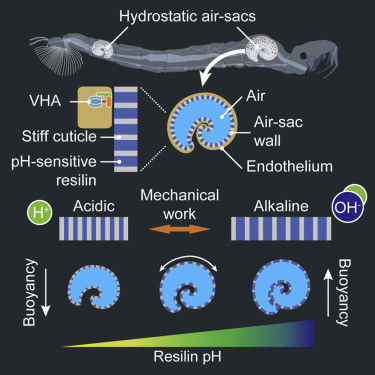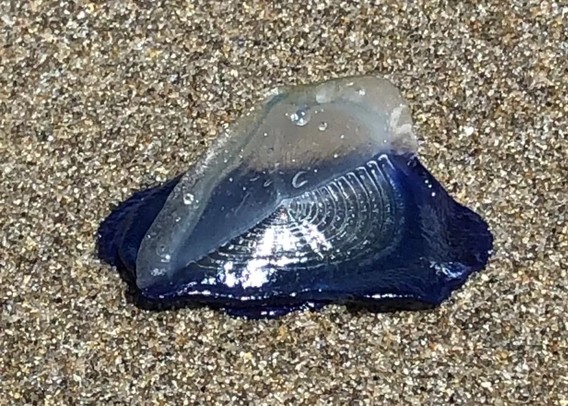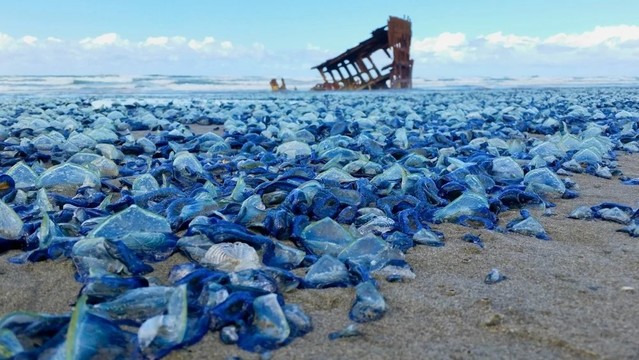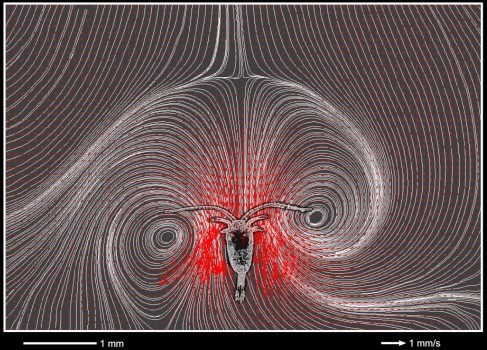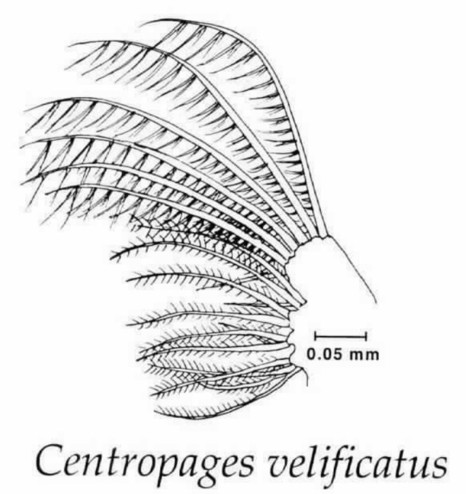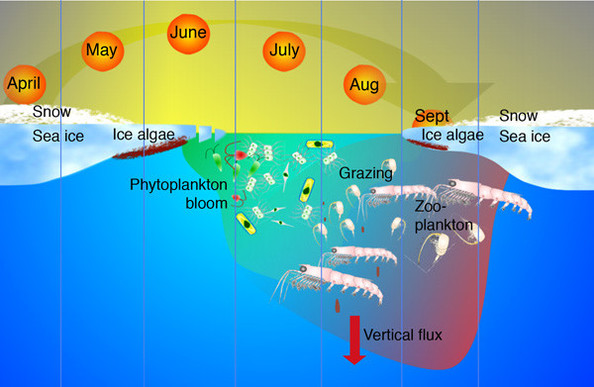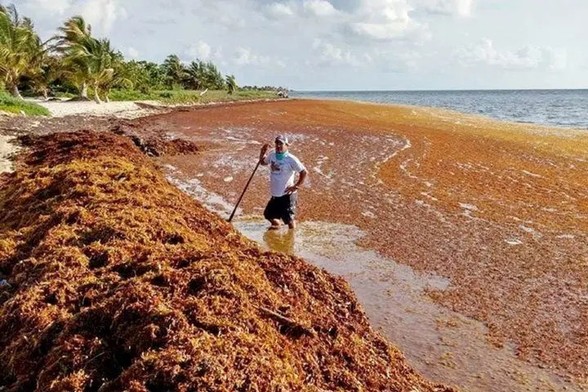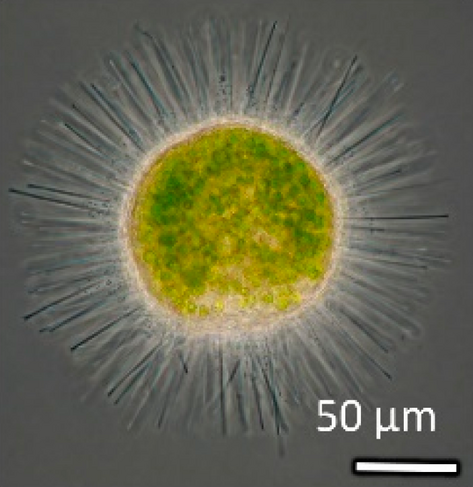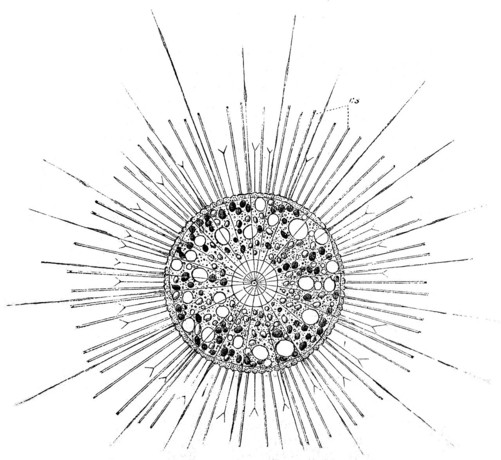2025-11-08 14:51:58
Weekend #Plankton Factoid 🦠🦐
Most plankton are tiny, making it very difficult to visualize their internal structures. Enter "expansion microscopy" a technique that embeds the organism in a gel which absorbs water and expands up to 16x, yet retains all of the internal cell details. This means you can view structures normally too small to see with light



